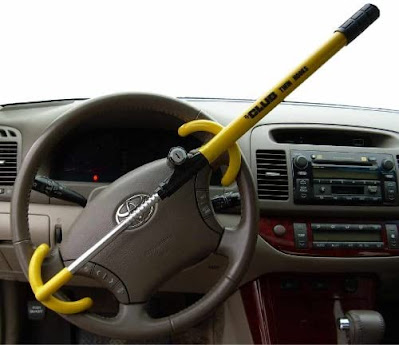 |
Not actually Erin. & is used with permission. |
Also like many people in America, I am without health insurance. Add that to above and it means getting to the doctor is rare and expensive.
Also also like many people in America, I snore. I have long suspected that I have sleep apnea, because my father has it and because as I get older it has become harder and harder to wake up feeling rested. My body can get up and function after 8 hours of sleep, but my brain needs another 2+ hours to fully wake up.
Finally, in America it is impossible to get a CPAP (Constant Positive Air Pressure) machine, a device which prevents sleep apnea without a prescription. I suspect this is because an uncalibrated CPAP can cause damage to to someone's lungs if turned up to high, or be useless if not turned up high enough. In order to be prescribed a CPAP you first need to have a sleep study performed.
Add all of this together and it means if you don't have health insurance and you don't have the cash to pay the doctor, you cannot get the necessary sleep study done, which mean you cannot be prescribed a CPAP, which means your sleep apnea will go untreated, which means you will suffer the health affects of obstructed and interrupted sleep.
When I received my stimulus check, I decided that I would spend the money on having a sleep study done, even if I had to pay out of pocket, because I was tired of feeling tired and angry all the time. I did some internet research and quickly found CPAP My Way, a website where you can order an in-home sleep study for $195. I ordered mine, and the package arrived within a week alongside an email which contained video instructions for how to put on the monitoring equipment.
I found the device very easy to assemble and, strangely, was able to get a good night's sleep while wearing it. (Note to women: fasten the velcro strap under your breasts.) In the morning I packed it up and sent it back to CPAP My Way using a pre-paid return label.
I received my results in about 5 days. Not only did I have sleep apnea, but I have obstructive sleep apnea with evidence of hypoxia and a lowest oxygen saturation of 65 percent!
I quite naturally found this distressing and decided to order a CPAP for my health. Because I had a doctor review the study, I was able to get a prescription issued for a CPAP on their website, and if you order a CPAP along with it the prescription is free. What's more, I was able to use the code 10off to get a 10% discount on my device -- which, given that they start at around $400 and can go over $1000, is a rather substantial savings.
I also think it's worth mentioning that CPAP My Way takes PayPal. I understand that PayPal is not in favor among many people due to its anti-gun stance, but PayPal Credit is literally the only form of credit card which I have (I make too little to be eligible for regular credit cards). Using PayPal credit's "no interest if paid off in 6 months" policy, I was able to make my stimulus check go further so I could a nice model with features that I wanted, such as an inbuilt humidifier and a "pressure ramp" feature.
 |
| https://tinyurl.com/y8otp2df |
I am still getting used to my CPAP, so that review will have to wait for another time. All I can say right now is that it is difficult to fall asleep with it on, but if I can do that I feel much better in the morning.
All in all, I recommend CPAP My Way for people who think they have sleep apnea, or know they have it, but lack the health insurance to get a sleep study or a CPAP prescribed.




























